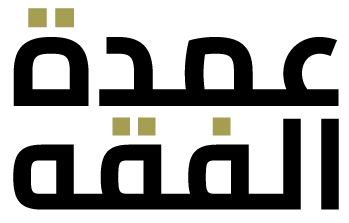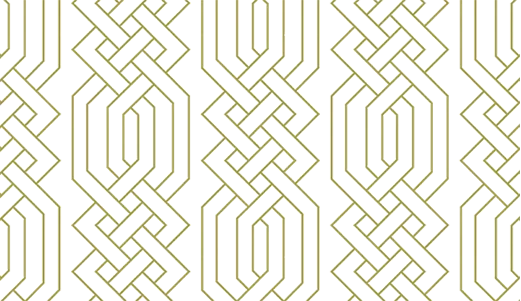(The mutilation) of anything of which there is one (part/faculty) in the human body makes a complete indemnity binding.1611 This includes (the mutilation or dismemberment of) one’s tongue, nose, penis, hearing, eyesight, sense of smell, intellect, speech, ability to strike, and ability to walk. Likewise is the case for twisting his face to one side,1612 blackening it or his
كُلُّ مَا فِيْ اْلإِنْسَانِ مِنْهُ شَيْءٌ وَاحِدٌ، فَفِيْهِ دِيَةٌ، كَلِسَانِهِ، وَأَنْفِهِ، وَذَكَرِهِ، وَسَمْعِهِ، وَبَصَرِهِ، َوشَمِّهِ، وَعَقْلِهِ، وَكَلاَمِهِ، وَبَطْشِهِ، وَمَشْيِهِ. وَكذٰلِكَ فِيْ كُلِّ وَاحِدٍ مِنْ صَعَرِهِ، وَهُوَ أَنْ يَجْعَلَ وَجْهَهُ فِيْ جَانِبِهِ، وَتَسْوِيْدِ


